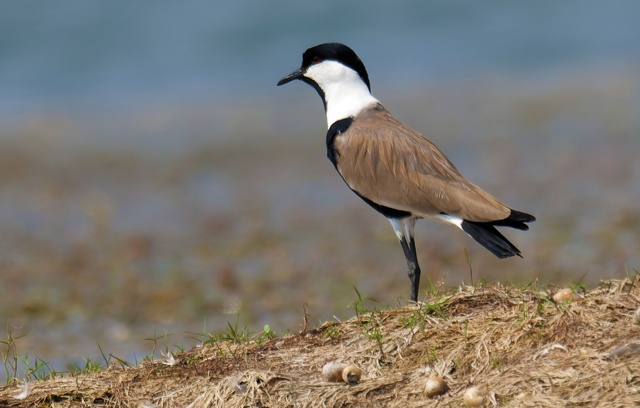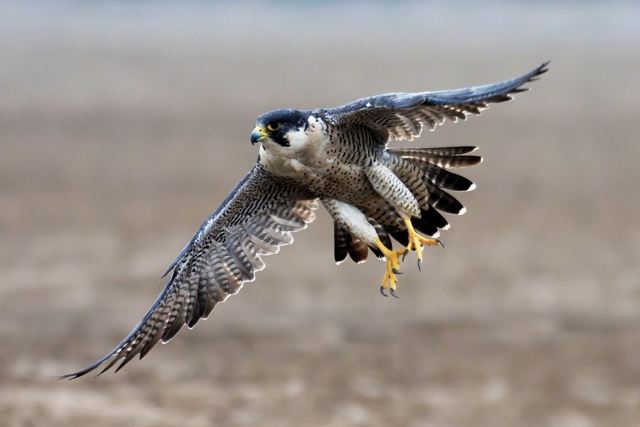The Greater Spotted Eagle (Clanga clanga) was formerly included in the genus Aquila, with the scientific name Aquila clanga. The scientific name “clanga” is from Ancient Greek, meaning “scream” and giving this elegant raptor its French name “Aigle criard”.
Greater spotted eagles can be found in Eastern Europe, Northern Africa, the Middle East, Russia, and Southeast Asia. Breeding pairs have been found in Finland, mainland China and Mongolia, Poland, Latvia, Lithuania, Estonia, Belarus, Moldova, Russia, Ukraine, and Kazakhstan. During the breeding season, it usually frequents forest and woodland with adjacent wetlands used as foraging and feeding areas. But during winter, it can be found in wetlands and farmland, and also in forested habitats.
It feeds on various vertebrates, from small mammals, birds, amphibians and reptiles to small fish, and also carrion. This species nests in a large structure made with sticks, placed below the canopy in deciduous tree. The male provides the food while the female incubates and rears the chick.
The Greater Spotted Eagle adult of dark morph has uniform dark brown plumage overall. In fresh plumage, the upperparts show a strong purplish gloss. There is a whitish U-shaped area on the uppertail-coverts, mainly visible in flight. The head is relatively small for an eagle. The hooked bill is greyish-black with yellow cere and gape. The eyes are dark brown. The tarsi are feathered blackish-brown. The feet are yellow with black talons.
This was photographed at Nalsarover, Gujarat, India.

These rare photographs have been clicked and contributed by K. Shiva Kumar, a professional Wildlife Storyteller (M.A in Journalism & Mass Communication, an alumnus of Central University Of Odisha, Koraput) from Hyderabad, Telangana.
K. Shiva, is passionate about wildlife conservation. Through his work, he hopes to inspire greater appreciation for the wildlife that shares our planet and encourages conservation action.







